And that secret is efficiency! At first glance there’s nothing “unusual” about this, it just looks like an everyday casual coordinate, right? What you can’t tell immediately is that both the kimono and the obi are two-piece “easy-wearable” items. The two-piece, or nibushiki, kimono, can be worn with an obi over it like this to resemble a regular kimono, or it can be worn more like a dochugi and wrap skirt. It’s common to see pieces like this worn by restaurant workers and other people who need to be comfortable and able to change easily. It’s also synthetic and went through the wash once already with literally no ill effects.
It also has the benefit of being much easier to adjust if you’re a non-standard size, as you can wrap the bottom half however you’re most comfortable and then adjust the top half separately. It makes dressing so much easier, more convenient, and more accessible.
The tsuke-obi is more common. I’ve had this one in my collection for literal decades and it used to be in very heavy rotation. Ones like this, with an otaiko-style musubi, are much easier to camouflage than the butterfly-style polyester ones that come with beginner’s yukata, and I think with the right accessories they’re perfectly acceptable for a more casual occasion.
The salmon pink accessories were a bit of a surprise, I will be honest. I liked how the navy obijime tied in to the kimono and figured I’d run with it. It’s unexpected but it works! My gut instinct was to go with the same yellow set I use for basically… everything. I’m glad I refrained.
Items used in this coordination
- Navy Nibushiki (2-piece)
- Red with Iris
- Salmon Lilies
- Navy & Salmon
- Salmon Rinzu


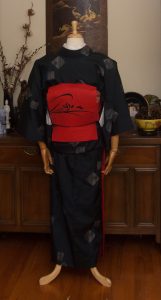
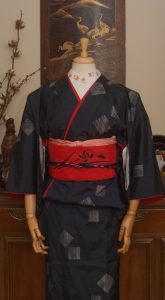
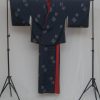
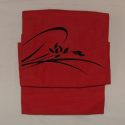
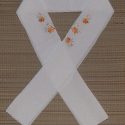


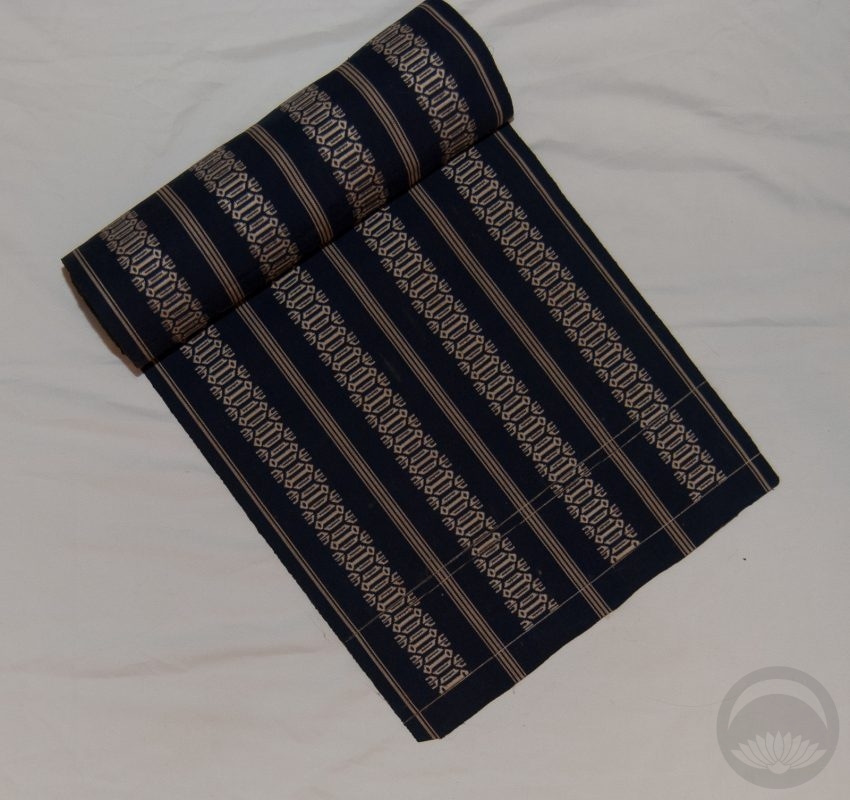


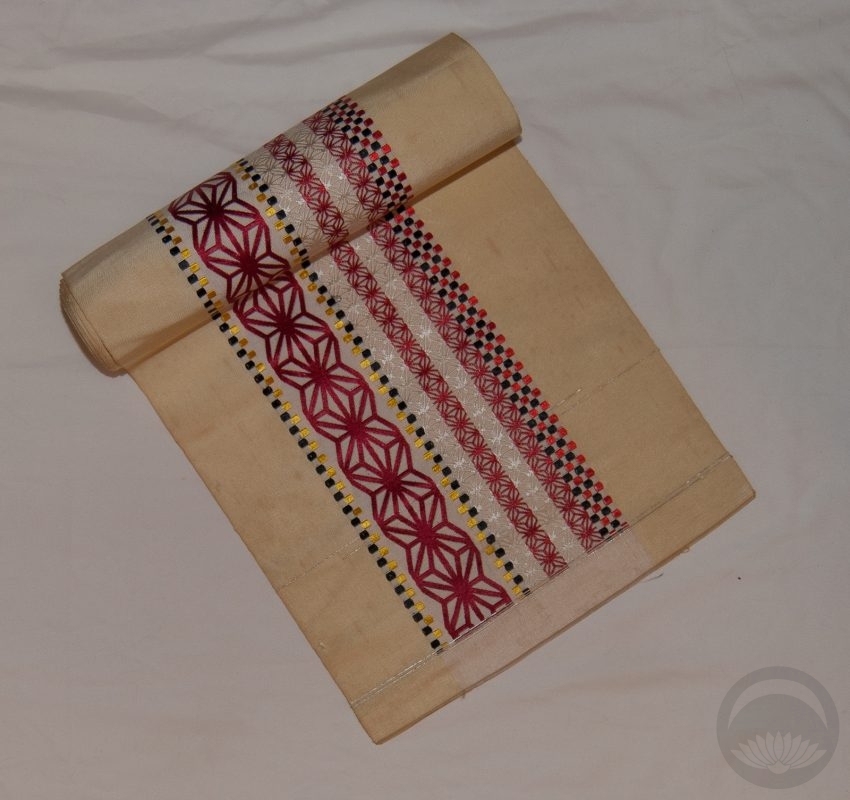
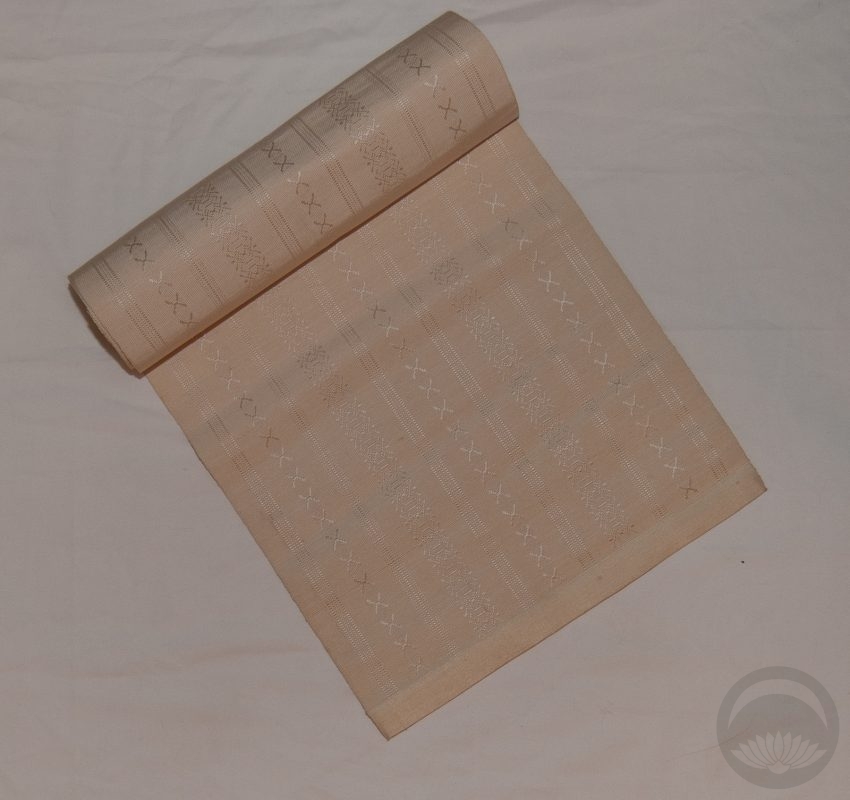
















 Bebe Taian
Bebe Taian CHOKO Blog
CHOKO Blog Gion Kobu
Gion Kobu